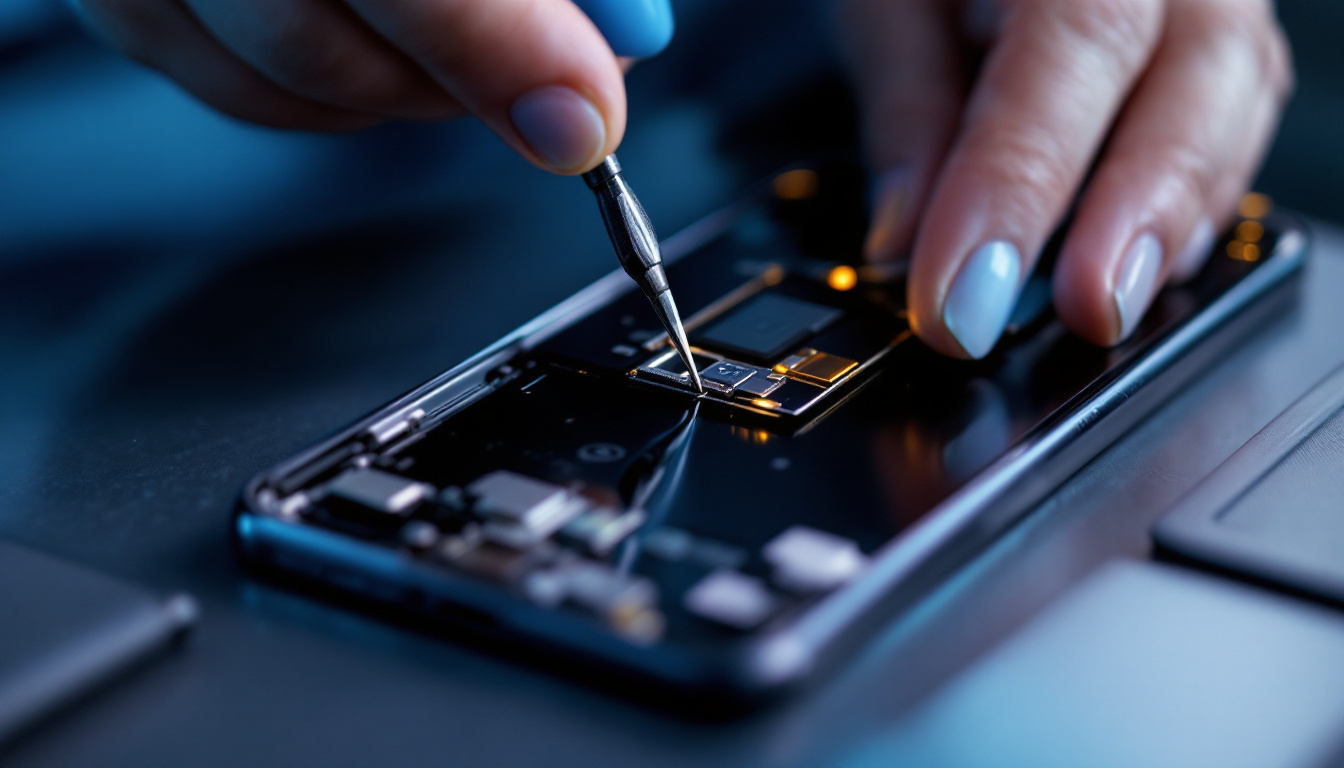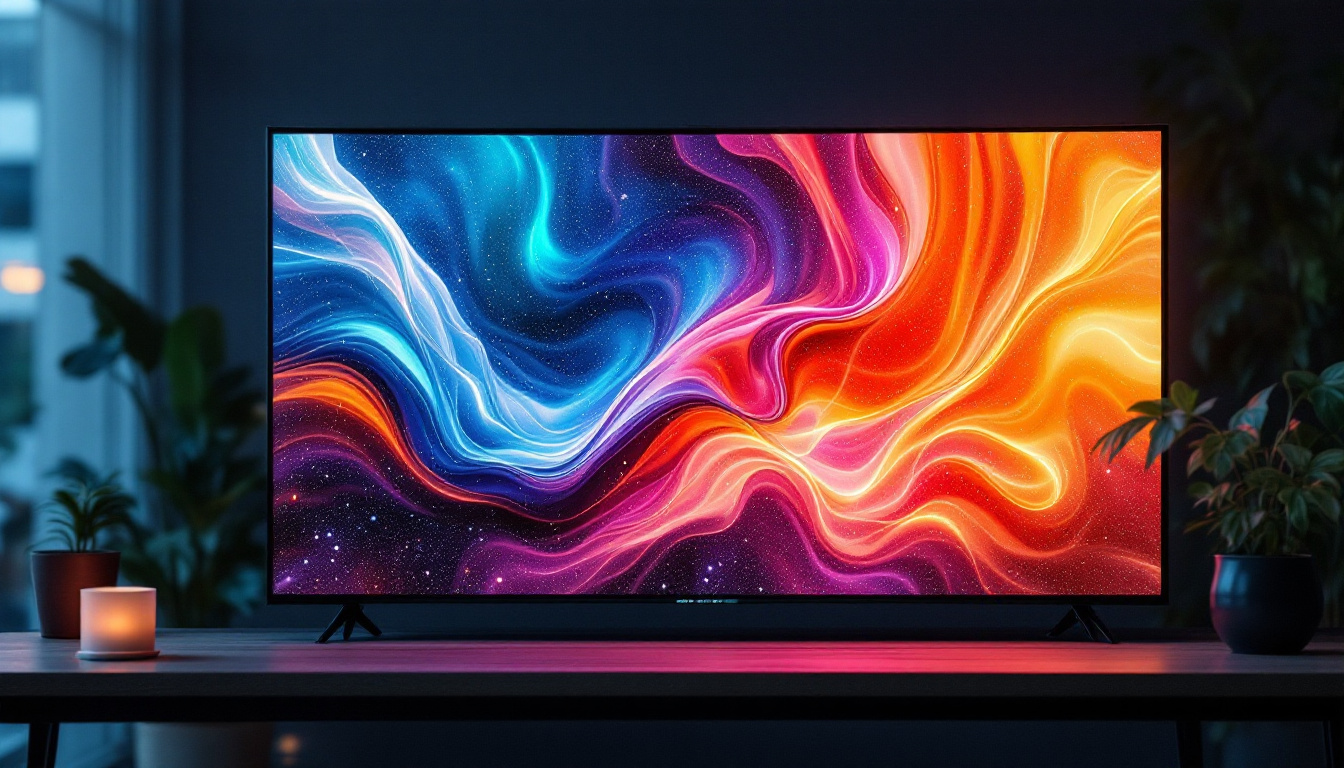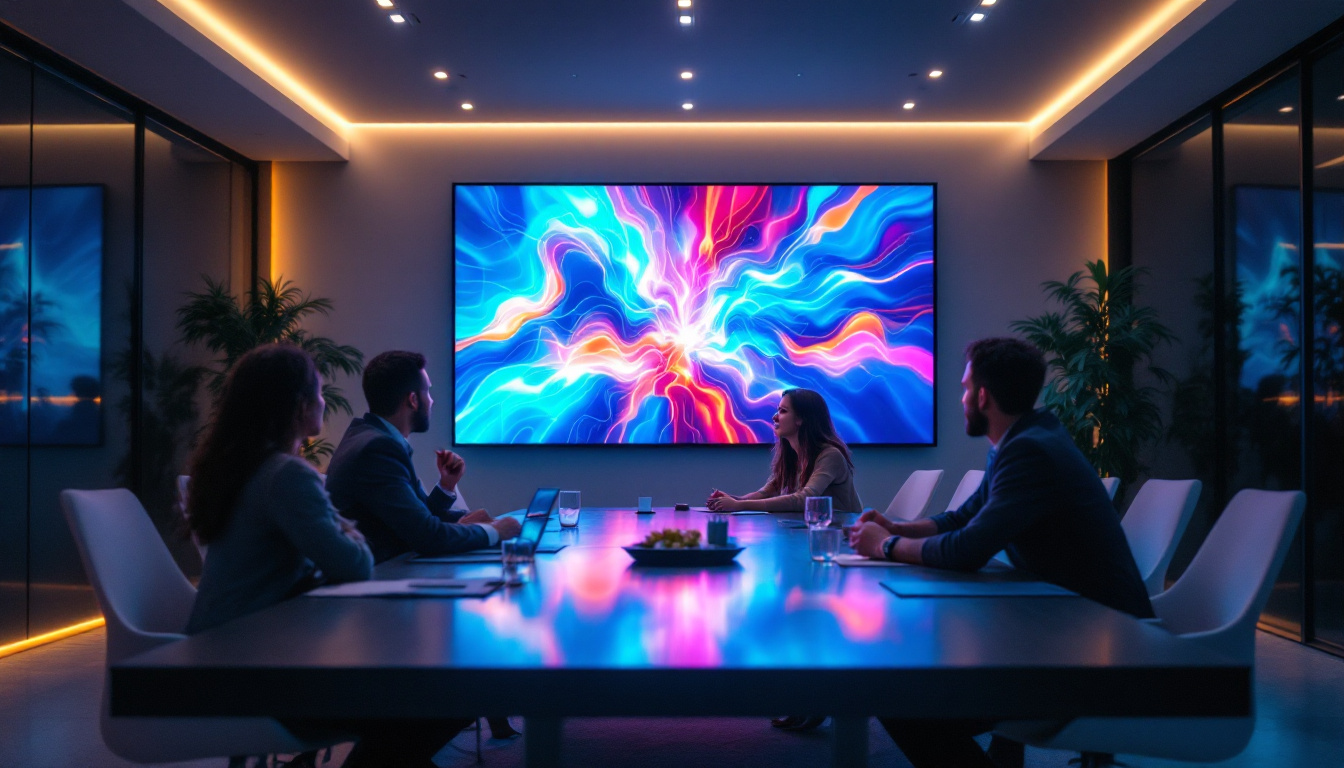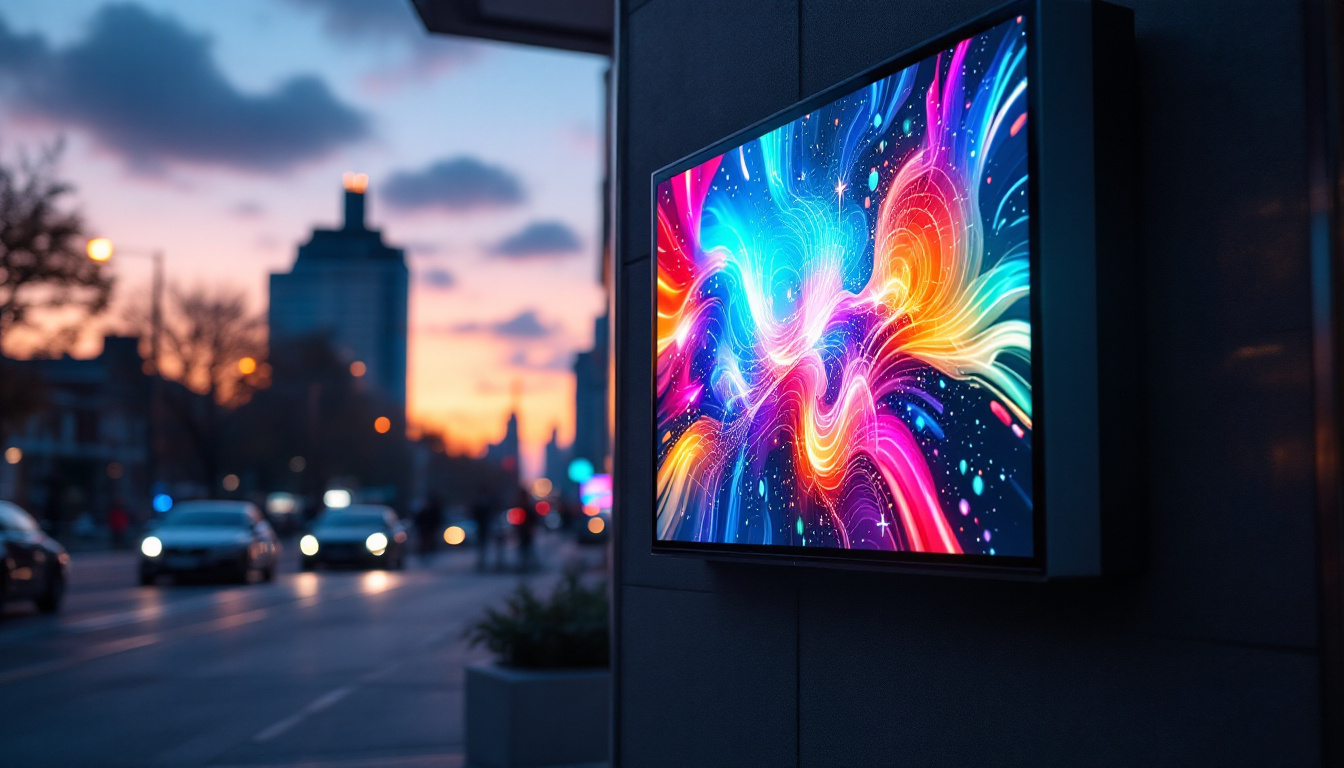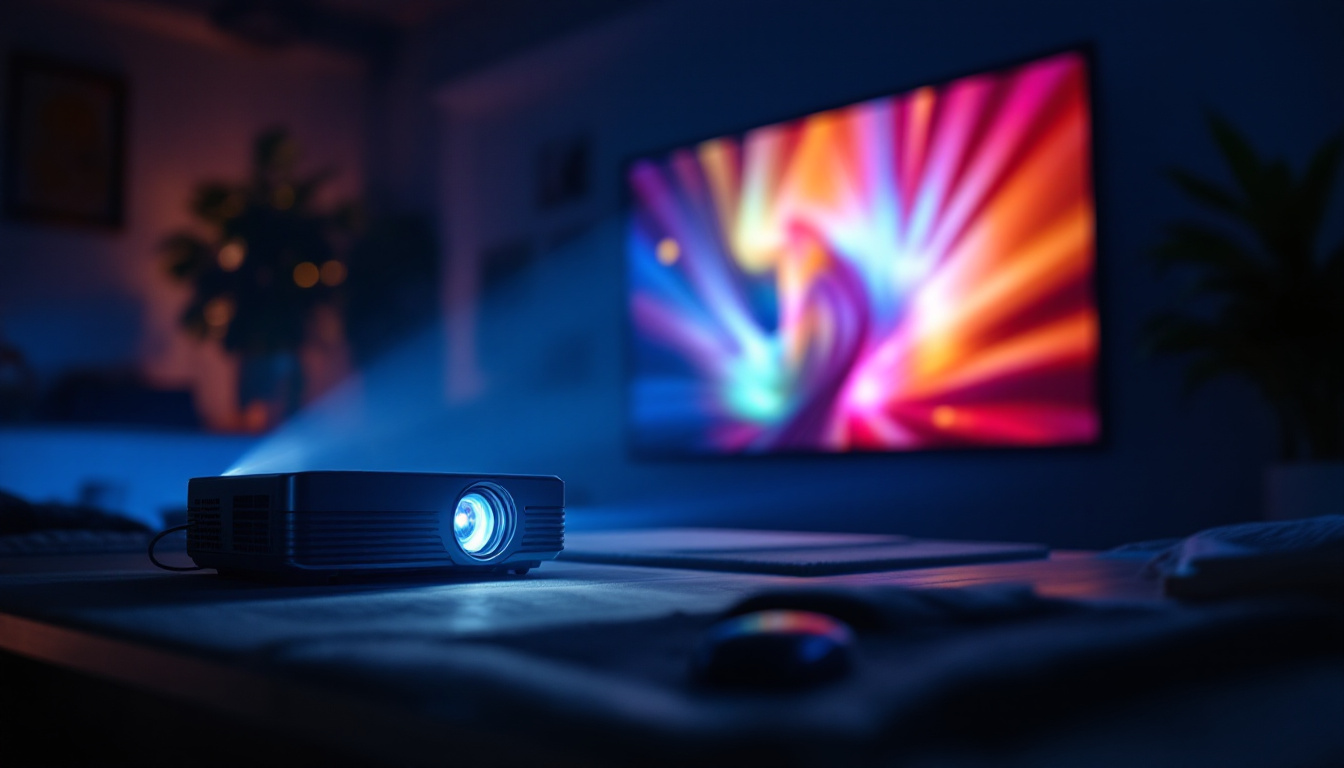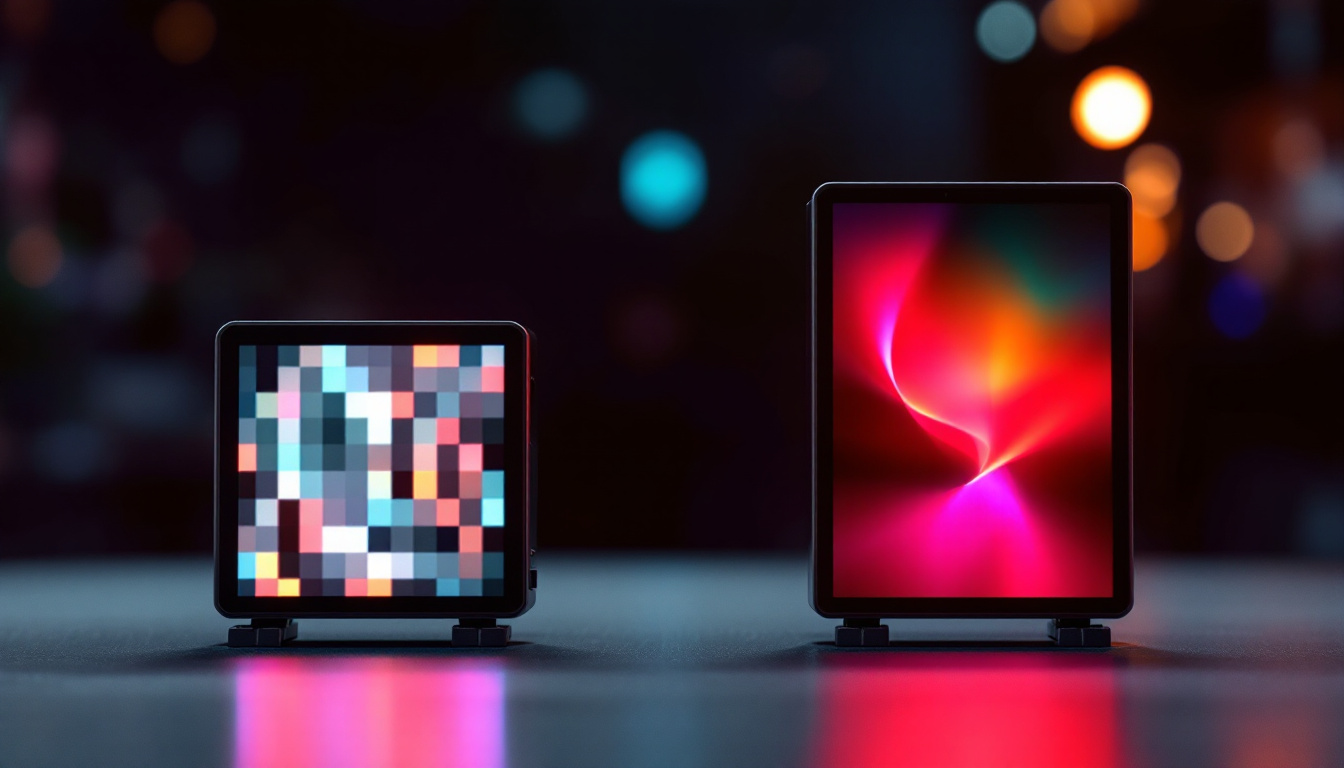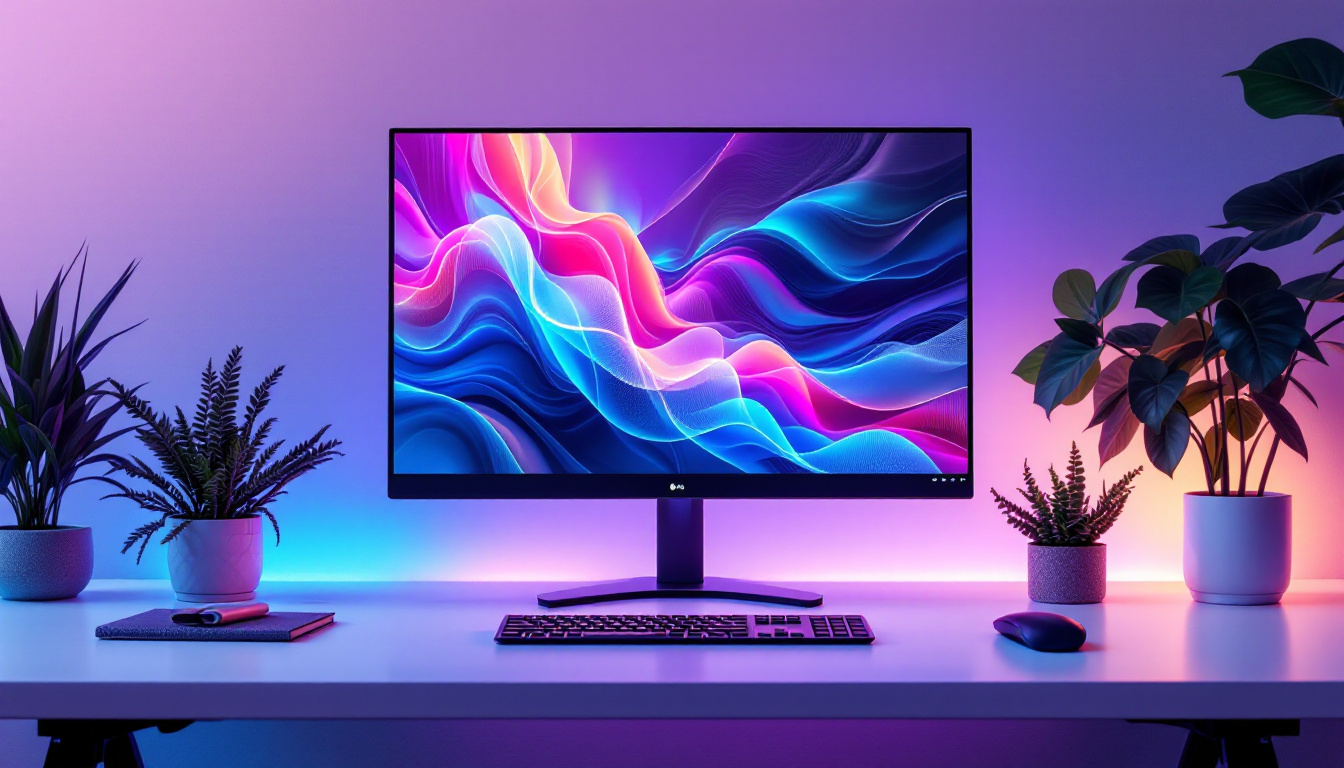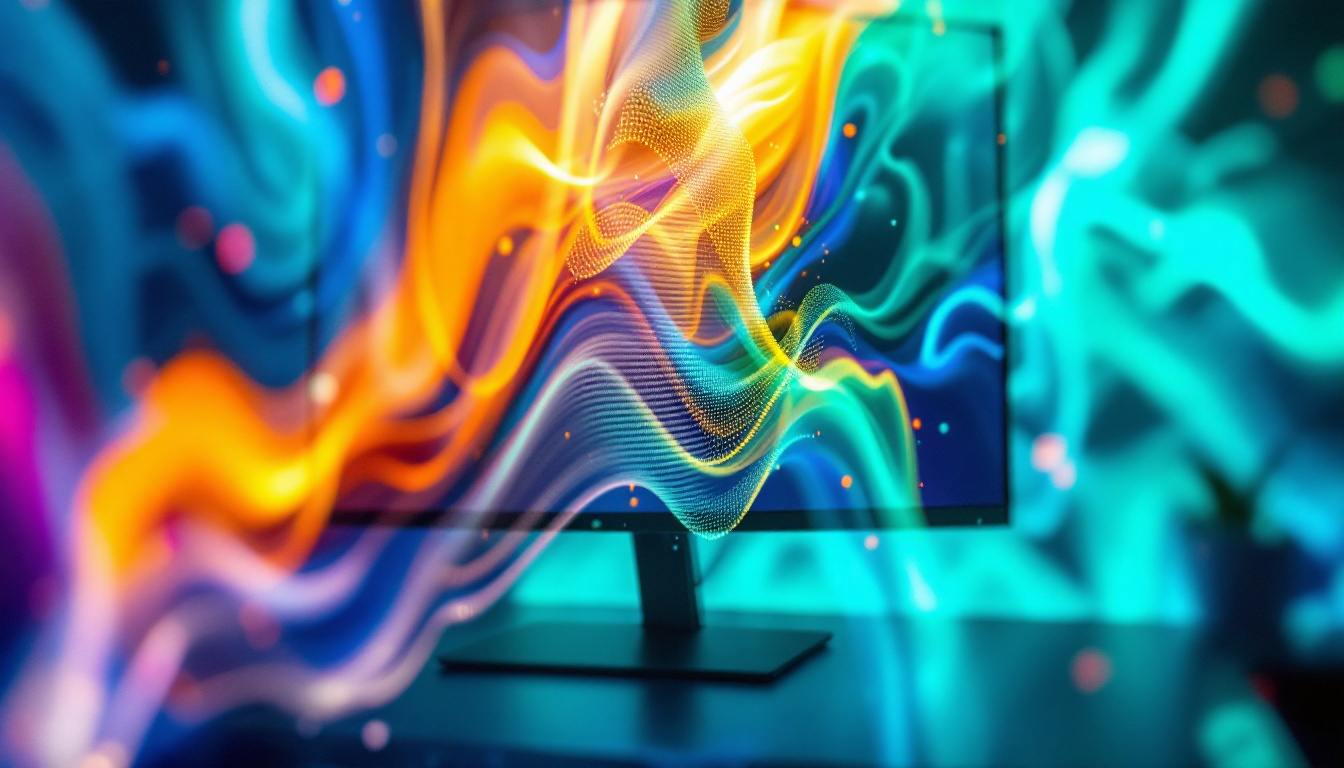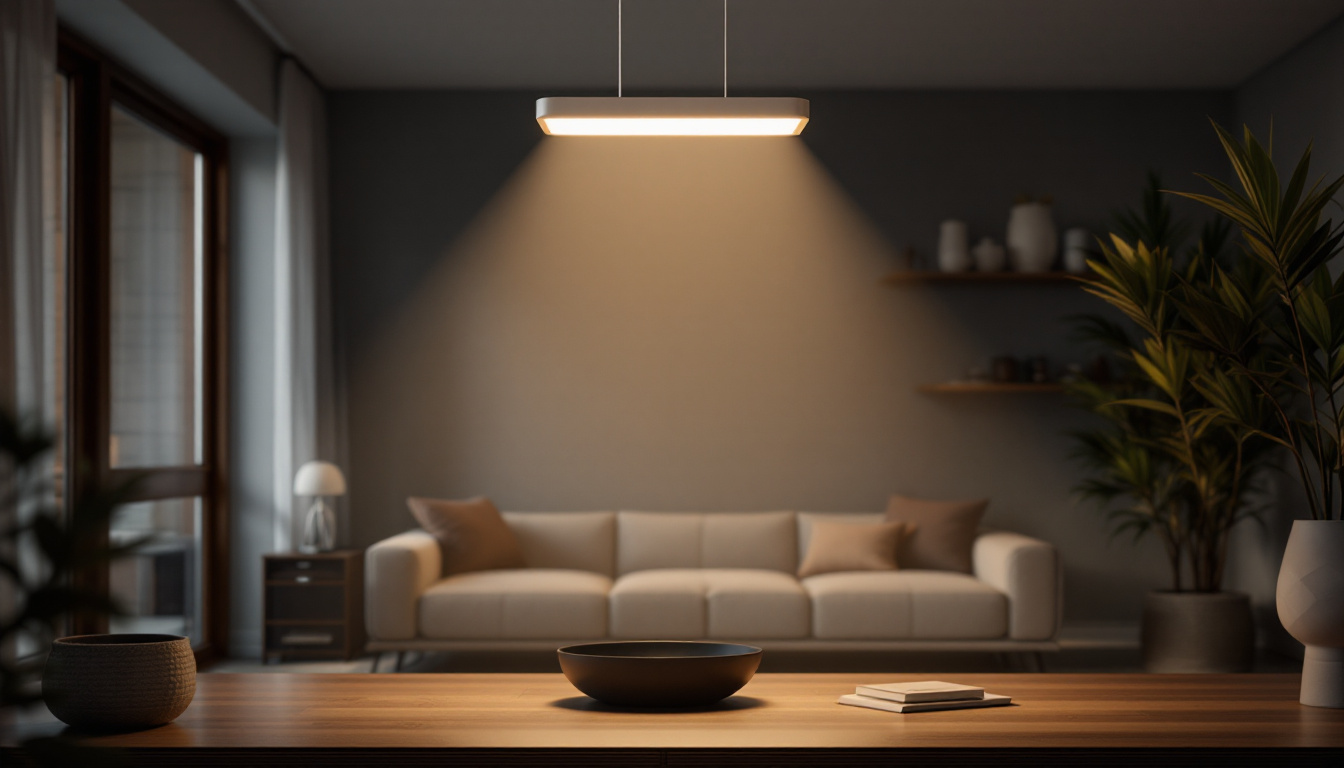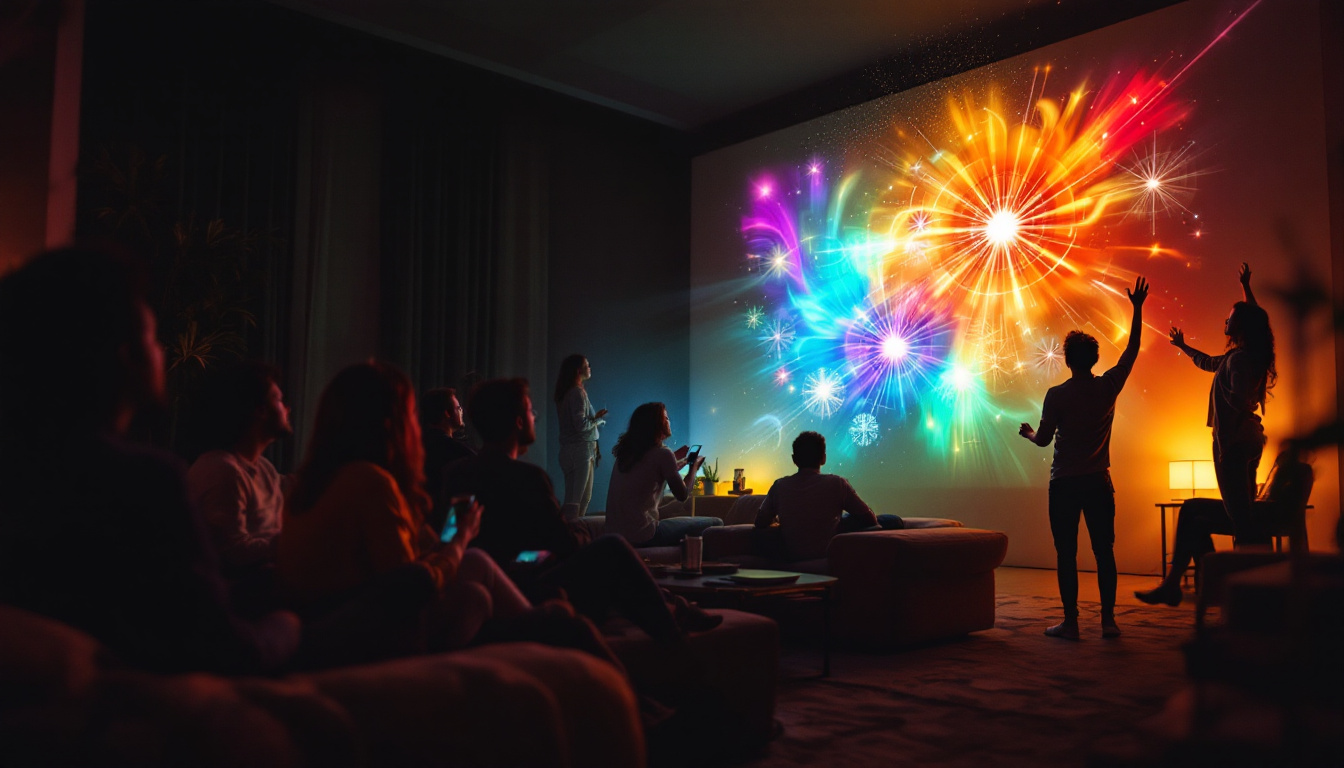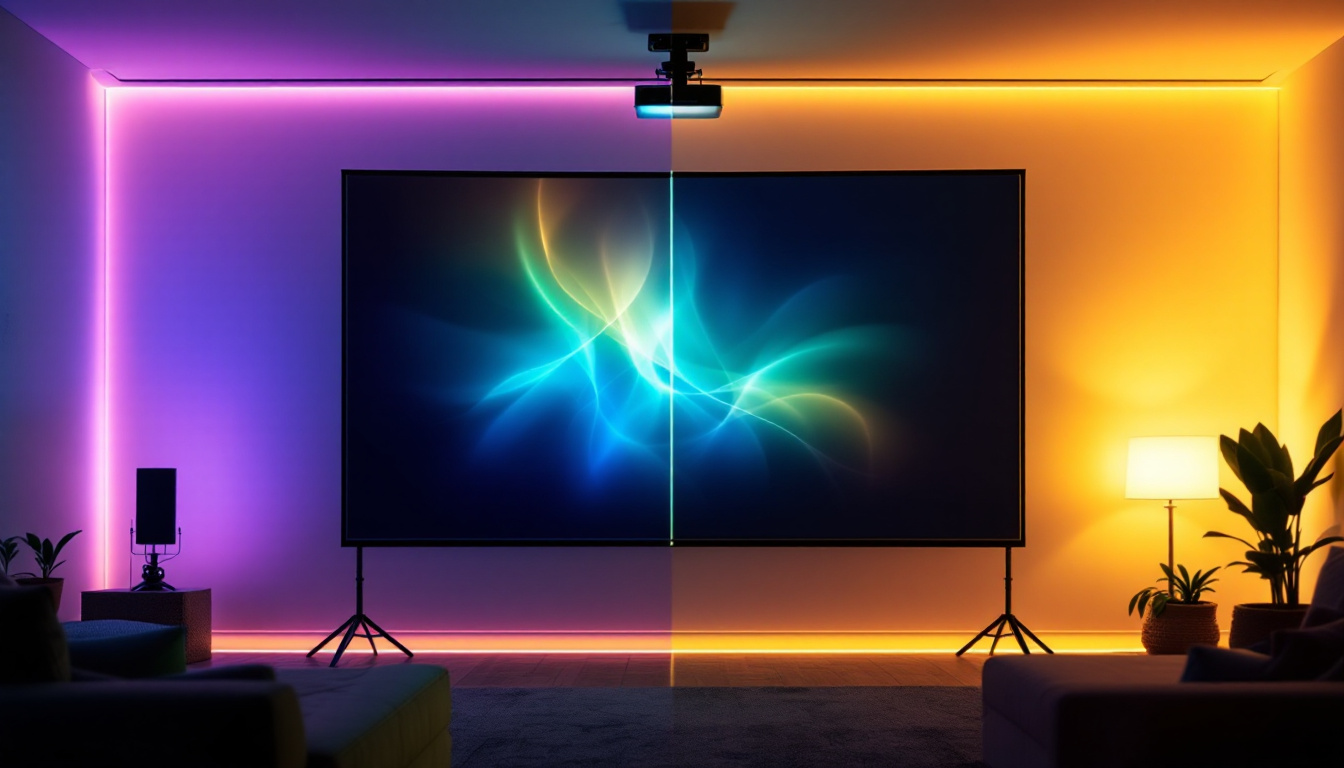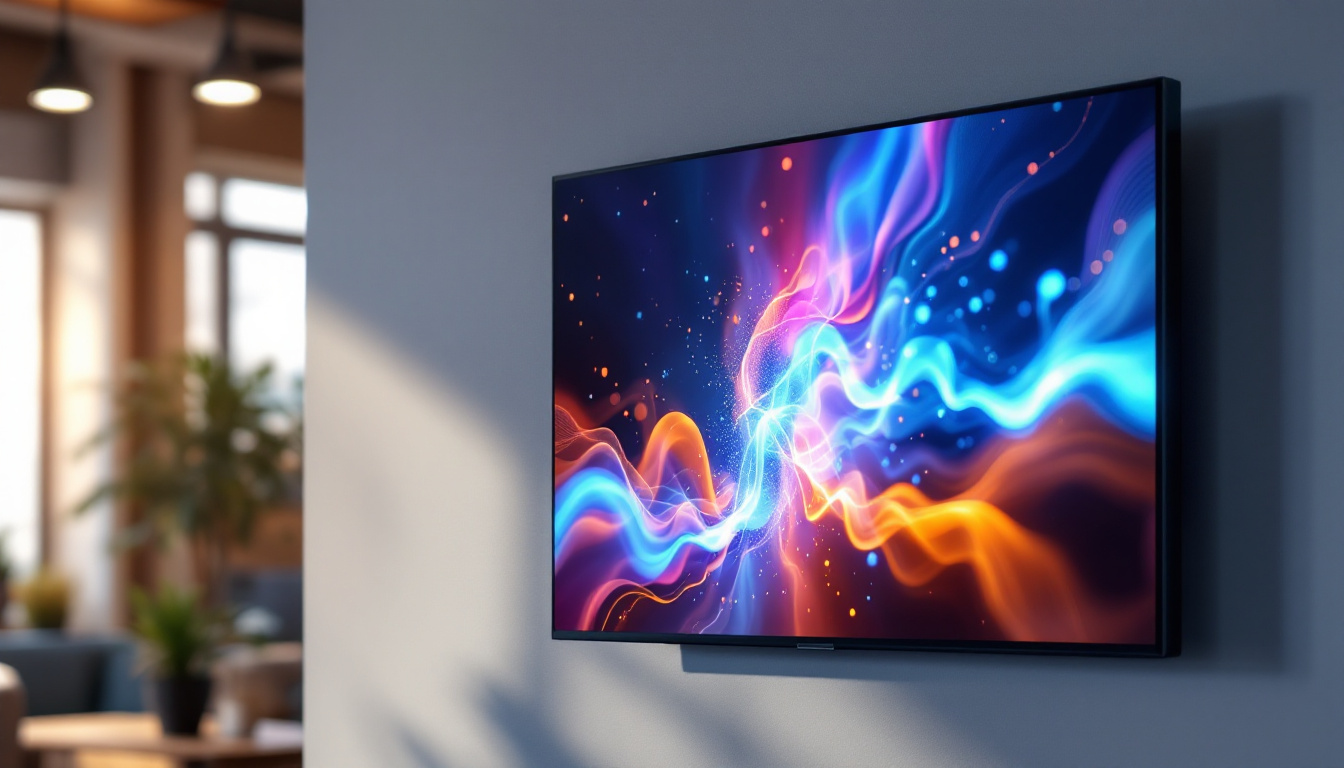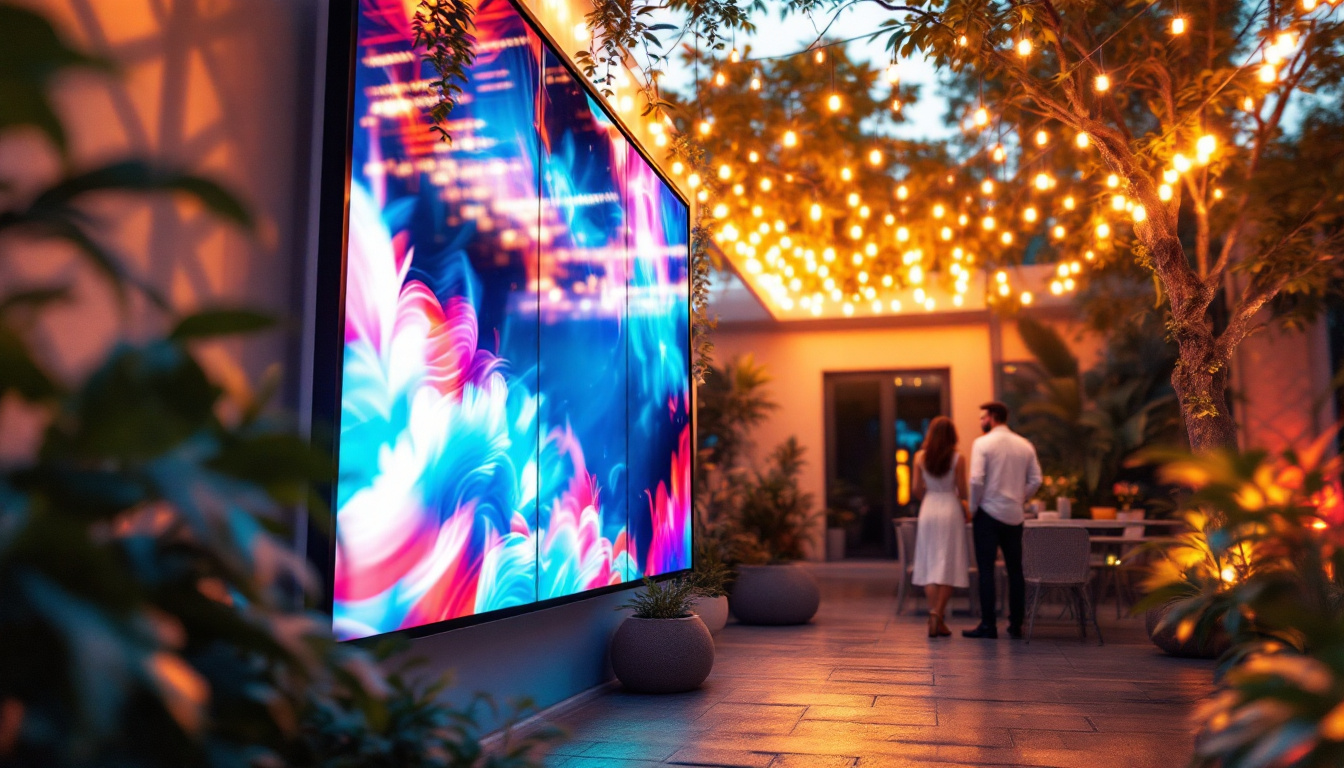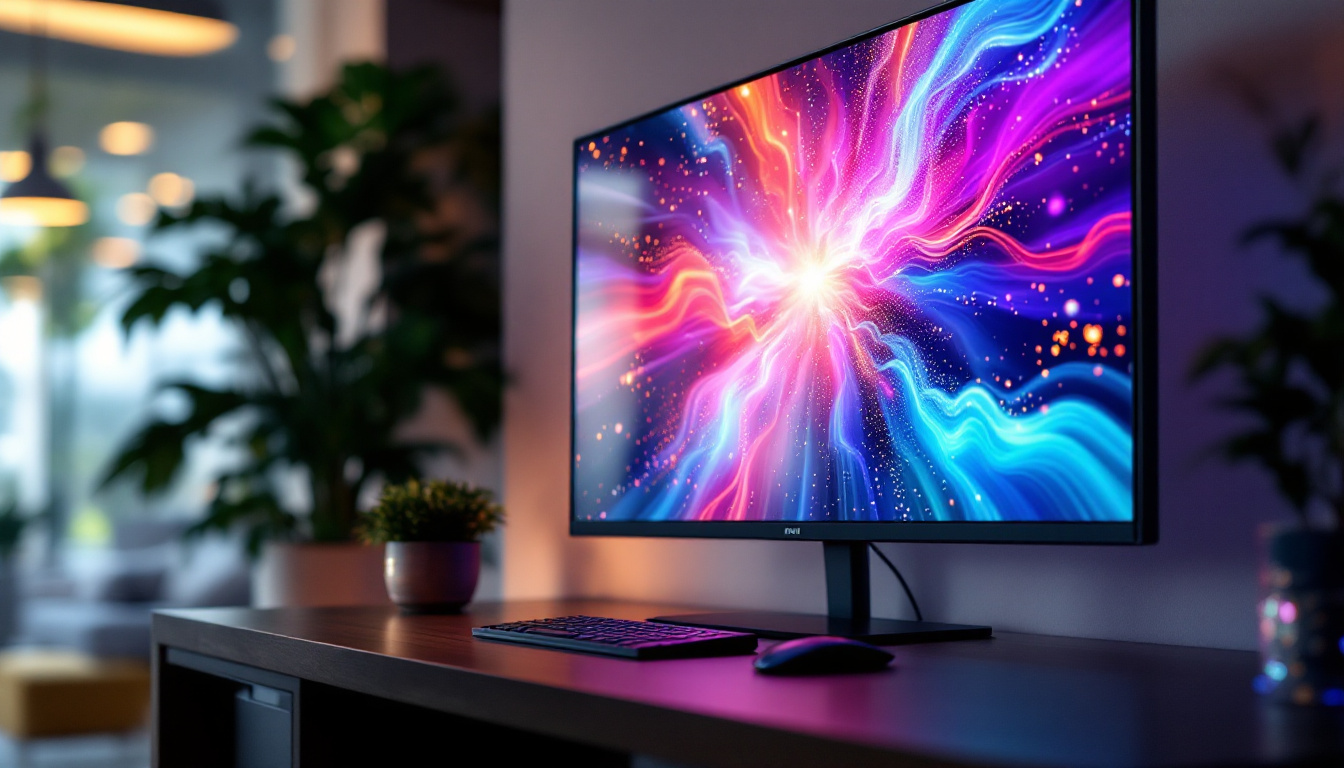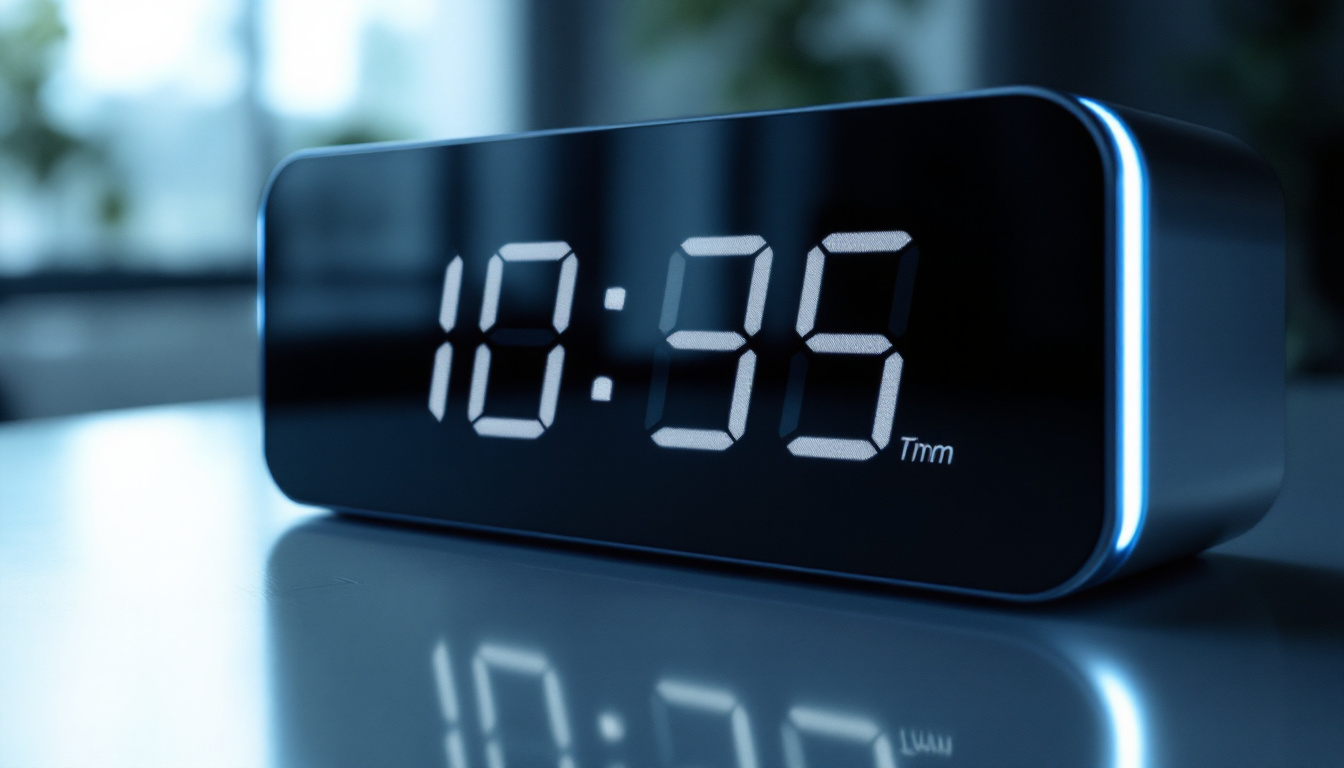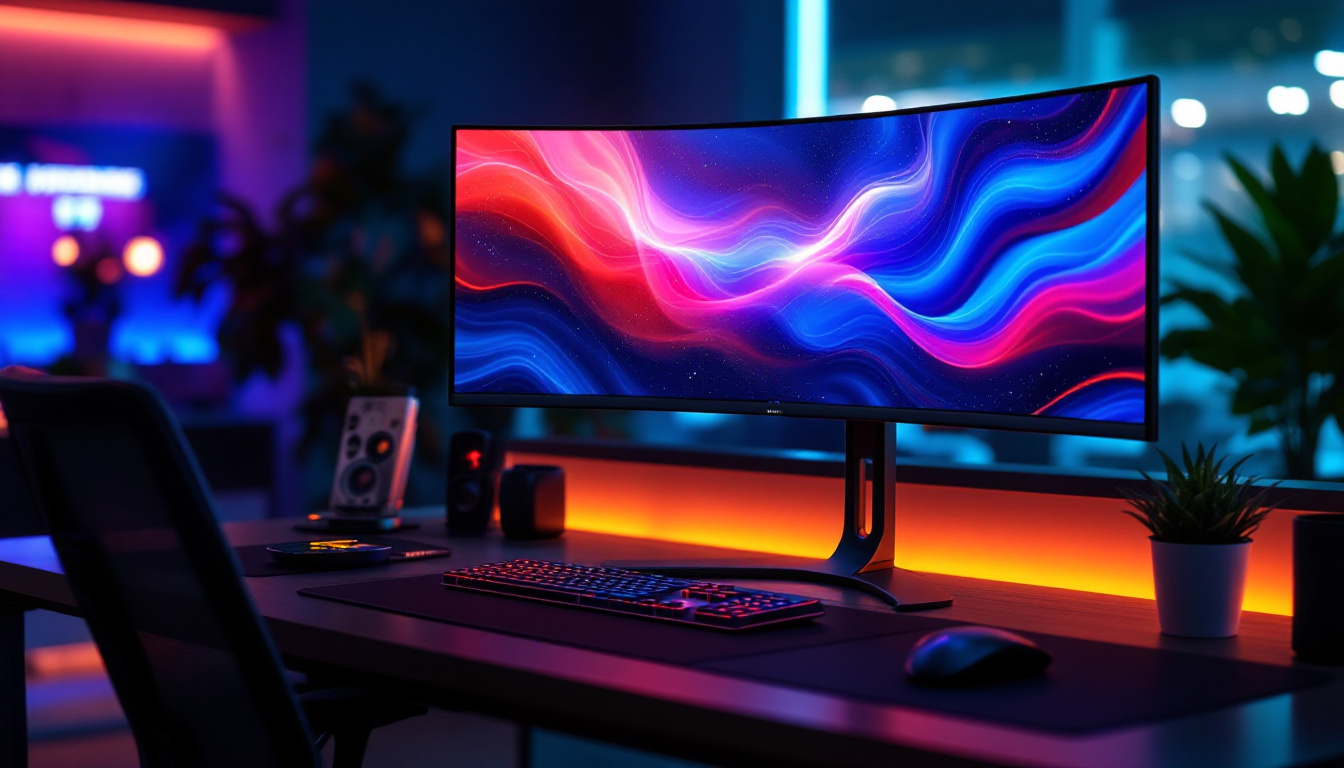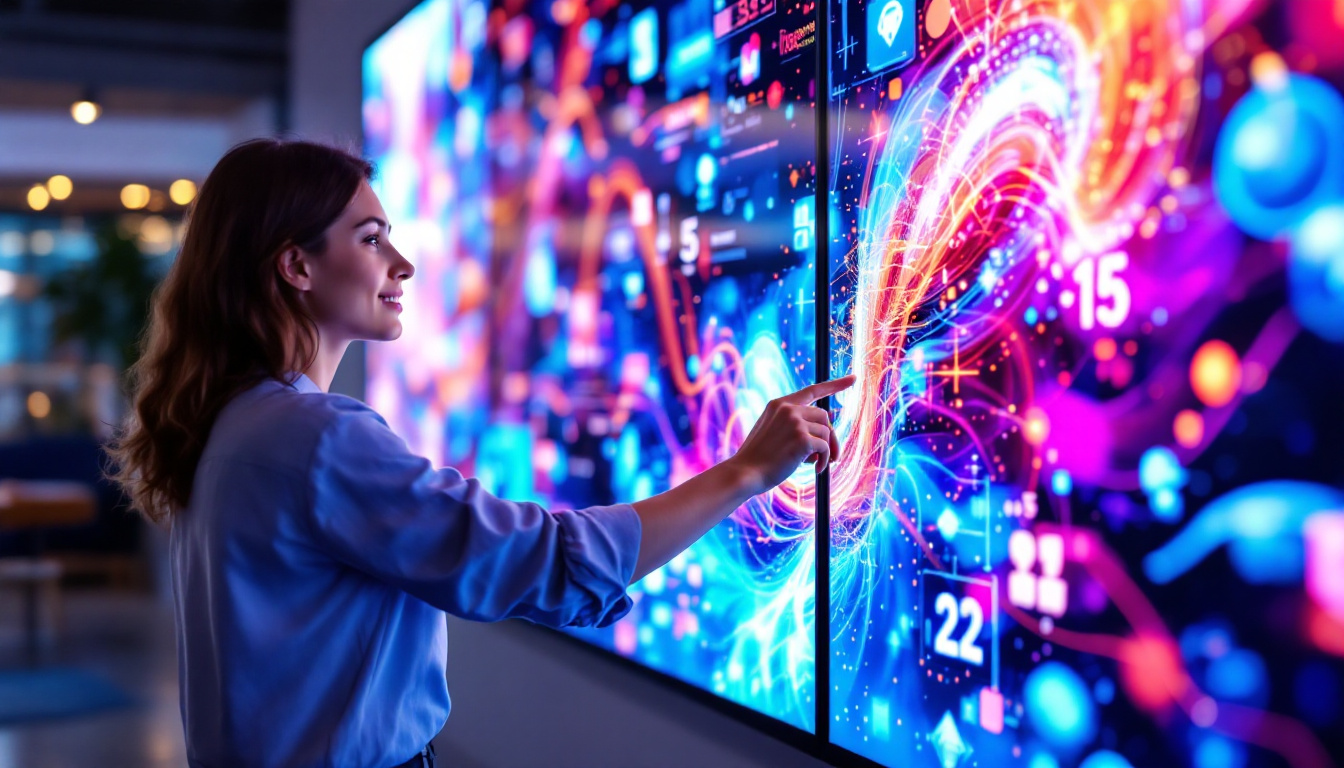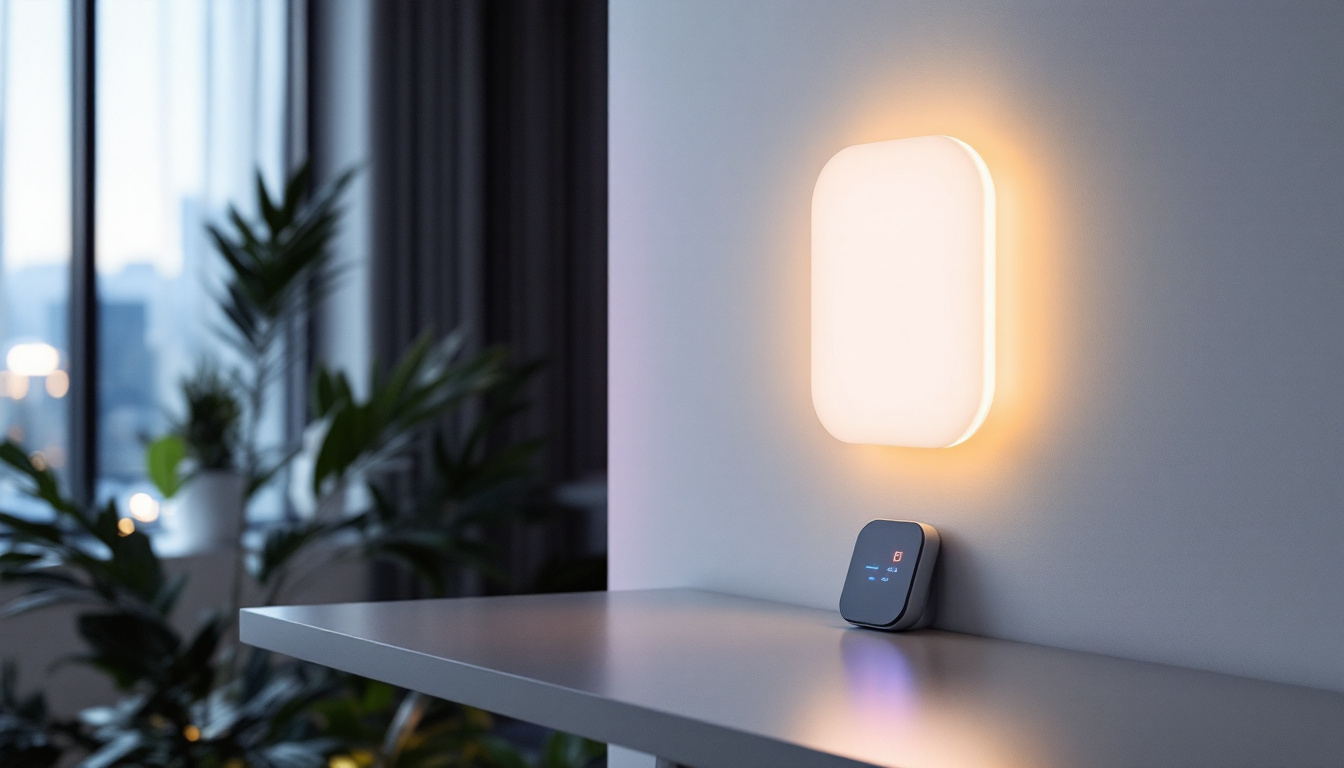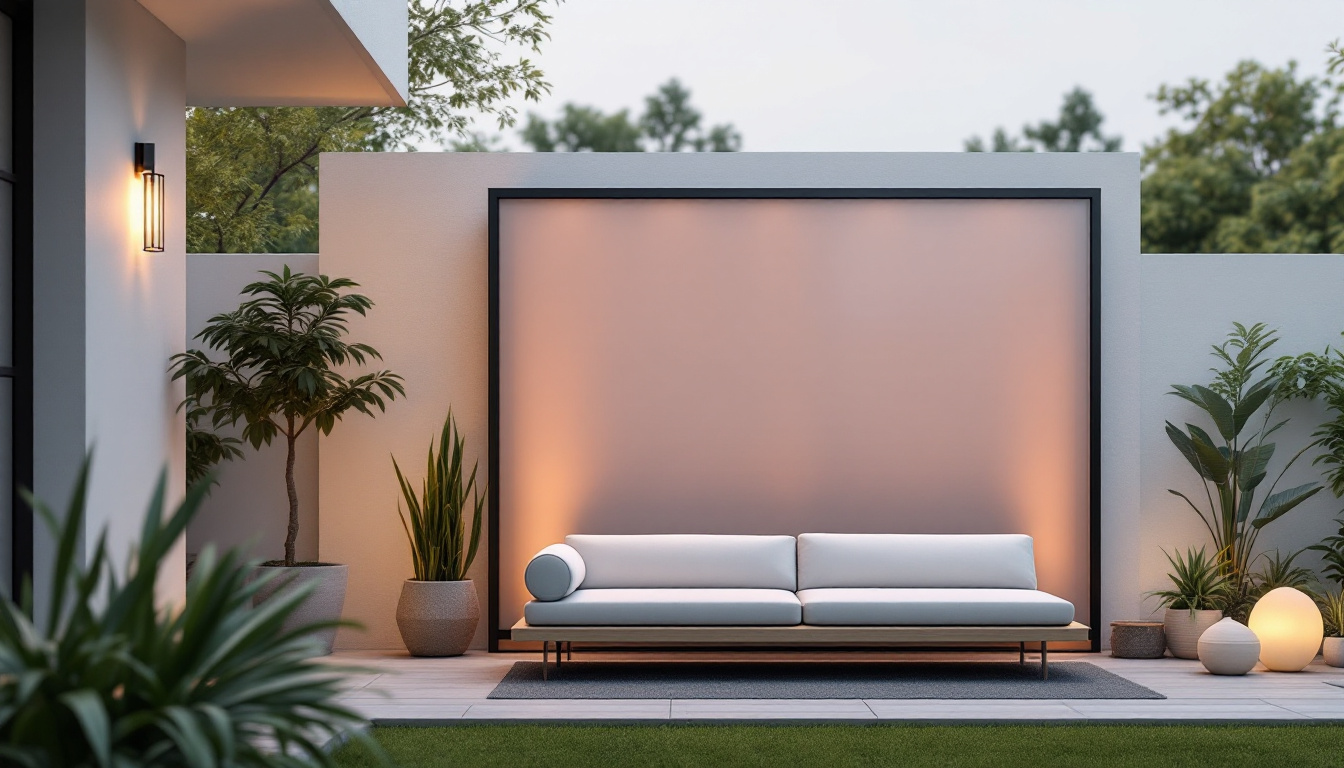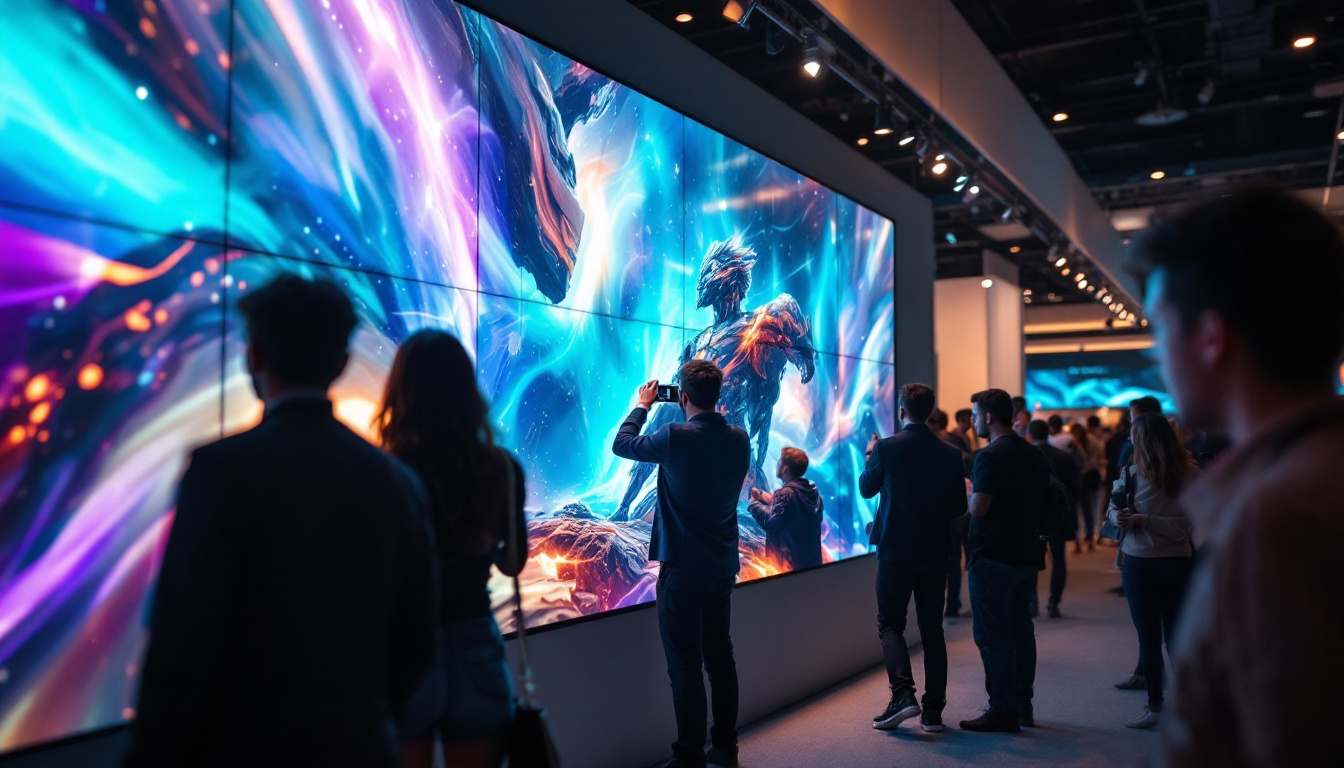In the modern world, touch screen technology has become an integral part of daily life. From smartphones to tablets and interactive kiosks, touch screens provide a user-friendly interface that enhances the way we interact with devices. However, to ensure optimal performance, touch screens require proper calibration. This article delves into the intricacies of touch screen calibration, particularly focusing on LED displays, and explains why it is essential for seamless user experiences.
Understanding Touch Screen Technology
Touch screens operate through various technologies, including resistive, capacitive, and infrared. Each type has distinct characteristics that affect how users interact with devices. The most common types in modern devices are capacitive and resistive touch screens.
Capacitive Touch Screens
Capacitive touch screens utilize the electrical properties of the human body to detect touch. When a finger approaches the screen, it creates a change in capacitance, which the device interprets as a touch event. This technology allows for multi-touch capabilities, enabling gestures like pinch-to-zoom and swipe.
Capacitive screens are known for their high sensitivity and clarity, making them ideal for smartphones and tablets. However, they can be less effective when used with gloves or styluses that do not conduct electricity. Additionally, the responsiveness of capacitive screens can be affected by environmental factors such as humidity and temperature, which can alter the conductivity of the surface. This sensitivity to external conditions is a key consideration for manufacturers when designing devices intended for varied environments.
Resistive Touch Screens
Resistive touch screens consist of two flexible sheets separated by a small gap. When pressure is applied, the two sheets make contact, registering the touch. This technology is often found in older devices and industrial applications due to its durability and resistance to dust and water.
While resistive screens can be operated with any object, including fingers, styluses, and gloves, they tend to have lower clarity and responsiveness compared to capacitive screens. Understanding these differences is crucial for effective calibration. Moreover, resistive screens are often more affordable to produce, making them a popular choice for budget-friendly devices. Their ability to function in harsh environments, such as outdoor settings or industrial sites, where moisture and debris are prevalent, makes them invaluable in specific applications. This robustness also extends to their ability to withstand heavy usage, which is why they are frequently employed in kiosks and point-of-sale systems.
The Importance of Touch Screen Calibration
Calibration is the process of aligning the touch screen’s input with the visual output displayed on the screen. Without proper calibration, users may experience inaccuracies, such as touch events not registering correctly or the device responding to touches in the wrong location.
Enhancing User Experience
A well-calibrated touch screen significantly enhances user experience. Users expect their devices to respond accurately and intuitively. When calibration is off, it can lead to frustration, decreased productivity, and even abandonment of the device altogether.
For instance, in a retail environment where interactive kiosks are used, improper calibration can result in customers struggling to navigate the interface. This not only affects customer satisfaction but can also impact sales and brand perception. In educational settings, where tablets and interactive boards are increasingly used, students may find it difficult to engage with learning materials if the touch response is sluggish or inaccurate. This can hinder their ability to absorb information and participate actively in lessons, ultimately affecting their educational outcomes.
Maintaining Device Performance
Regular calibration helps maintain the performance of touch screens over time. Environmental factors such as temperature, humidity, and dust can affect touch sensitivity and accuracy. By calibrating the device periodically, users can ensure that it continues to function optimally.
Moreover, as software updates are released, recalibrating the touch screen can help align the new features and functionalities with the existing hardware, ensuring a seamless transition and enhanced performance. The integration of advanced technologies, such as haptic feedback and multi-touch gestures, often requires precise calibration to deliver the intended user experience. For example, in gaming applications, a slight misalignment can lead to a significant disadvantage, as players rely on accurate touch responses to execute complex maneuvers. Additionally, regular calibration can extend the lifespan of the device by preventing wear and tear caused by repeated misinterpretations of touch inputs, ultimately saving users from costly repairs or replacements.
Calibration Techniques for LED Displays
Calibrating a touch screen, particularly LED displays, involves several techniques that can be employed to achieve accurate touch response. Here are some commonly used methods:
Software Calibration
Most modern devices come equipped with built-in calibration software. This software guides users through the calibration process, allowing them to touch specific points on the screen to register accurate touch locations. The software then adjusts the touch sensitivity and alignment based on the user’s input.
Software calibration is user-friendly and can often be completed in a matter of minutes. However, it is essential to follow the on-screen instructions carefully to achieve the best results. Some advanced calibration software also allows users to save multiple profiles, enabling different settings for various applications or user preferences. This feature is particularly beneficial in environments where multiple users interact with the same device, as it can accommodate different touch sensitivities or preferences for each user.
Hardware Calibration
In some cases, hardware calibration may be necessary, especially for industrial touch screens that experience heavy use. This method involves adjusting the physical components of the touch screen, such as the sensors or connections, to ensure accurate touch detection.
Hardware calibration often requires specialized tools and expertise, making it less accessible for everyday users. However, it is crucial for maintaining the longevity and reliability of high-use devices. Additionally, some manufacturers provide detailed manuals or guides for performing hardware calibration, which can be invaluable for technicians. Regular maintenance checks and recalibration can help identify wear and tear on the components, ensuring that the display continues to function optimally over time. Furthermore, understanding the specific hardware components involved, such as capacitive versus resistive touch technologies, can aid in selecting the appropriate calibration method for different applications.
Common Calibration Issues and Solutions
Despite the best efforts in calibration, users may still encounter issues that affect touch screen performance. Recognizing these problems and knowing how to address them is vital for optimal functionality.
Drifting Touch Points
One common issue is drifting touch points, where the device registers touches away from the intended location. This can occur due to environmental factors, wear and tear, or software glitches. To resolve this, users should recalibrate the touch screen using the built-in calibration tool.
If recalibration does not resolve the issue, it may indicate a hardware problem, necessitating professional inspection and repair. Additionally, users should consider the impact of temperature and humidity on touch screen performance, as extreme conditions can exacerbate drifting issues. Keeping the device in a stable environment and away from direct sunlight can help maintain its calibration accuracy over time.
Unresponsive Areas
Another issue users may face is unresponsive areas on the touch screen, where certain sections do not register touch inputs. This can be caused by physical damage, dirt, or software conflicts. Cleaning the screen and recalibrating can often resolve this issue.
If the problem persists, it may require hardware repair or replacement of the touch screen components. Users should also be mindful of the protective accessories they use, such as screen protectors, which can sometimes interfere with touch sensitivity. Opting for high-quality, compatible screen protectors can mitigate the risk of unresponsive areas, ensuring a smoother user experience. Regular maintenance, including periodic cleaning and software updates, can further enhance touch screen reliability and performance.
Best Practices for Touch Screen Calibration
To ensure effective calibration and maintain optimal touch screen performance, users should adhere to several best practices:
Regular Calibration
Users should establish a routine for calibrating their touch screens, especially after significant software updates or changes in environmental conditions. Regular calibration helps maintain accuracy and responsiveness, ensuring a consistent user experience.
Keep the Screen Clean
Maintaining a clean touch screen is essential for accurate calibration. Dirt, grease, and fingerprints can interfere with touch sensitivity and lead to calibration issues. Users should regularly clean their screens with appropriate cleaning solutions and microfiber cloths.
Advanced Calibration Techniques
For those seeking more precise calibration, advanced techniques can be employed. These methods are particularly useful for professionals in fields such as graphic design, gaming, and industrial applications.
Using Calibration Tools
Calibration tools such as styluses and calibration pads can enhance the accuracy of touch screen calibration. These tools provide more precise touch points and can help identify discrepancies in touch response.
Professionals may also use software that offers advanced calibration settings, allowing for fine-tuning of touch sensitivity and response times based on specific needs and preferences.
Custom Calibration Profiles
Some devices allow users to create custom calibration profiles, enabling different settings for various applications or user preferences. This feature is particularly beneficial in multi-user environments, where different individuals may have varying touch sensitivity needs.
Conclusion
Touch screen calibration is a critical aspect of maintaining optimal performance in LED displays. By understanding the technology behind touch screens and employing effective calibration techniques, users can enhance their experience and ensure their devices function as intended.
Regular calibration, proper maintenance, and awareness of common issues can significantly improve touch screen responsiveness and accuracy. As technology continues to evolve, staying informed about calibration practices will be essential for users seeking to maximize the potential of their touch screen devices.
In a world where touch screens are ubiquitous, ensuring they are calibrated correctly not only enhances user satisfaction but also extends the lifespan of the device. Whether for personal use or in professional settings, investing time in calibration is a step toward achieving a seamless and efficient interaction with technology.
Discover LumenMatrix’s Advanced LED Display Solutions
Maximize your touch screen’s performance with LumenMatrix’s innovative LED display technology. As a leader in creating immersive visual experiences, LumenMatrix offers a wide range of LED display solutions tailored to meet your needs, from Indoor and Outdoor LED Walls to specialized displays for vehicles, sports, and custom installations. Elevate your brand’s presence and engage your audience like never before. Check out LumenMatrix LED Display Solutions today and transform your visual communication with precision and flair.



